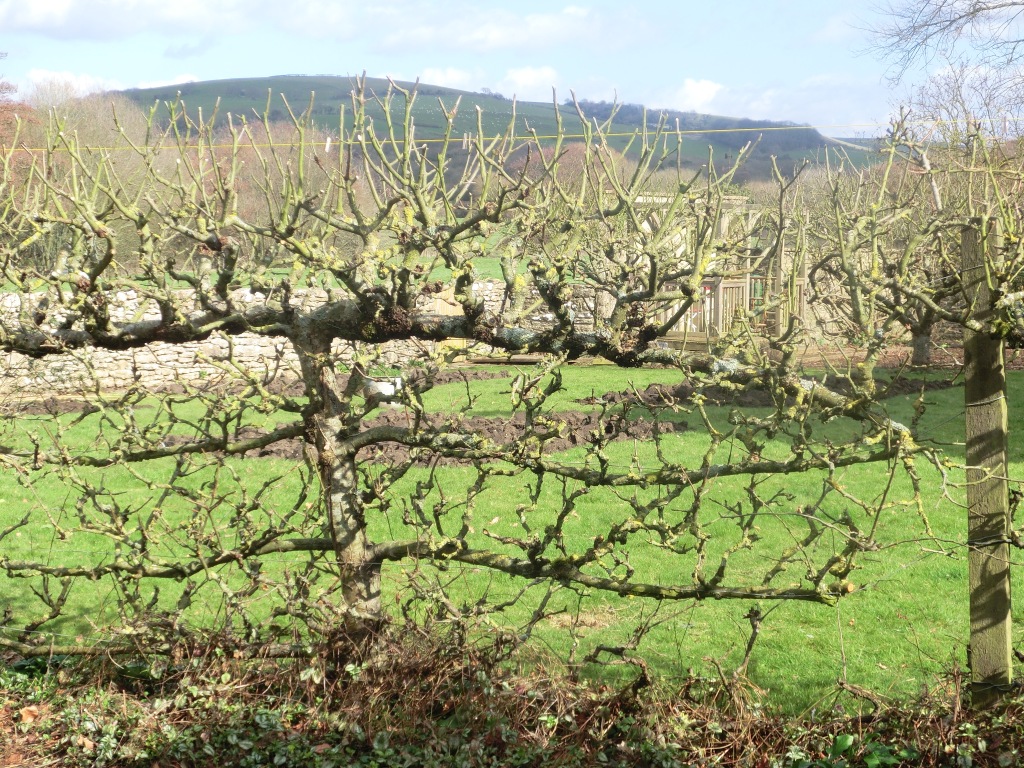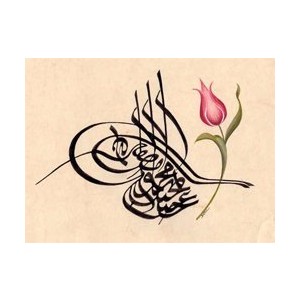There are plenty of reasons why writers find it hard to get on with their books. In The Enemies of Promise, the critic Cyril Connolly famously defined one of them as The Pram in the Hall. He did not mention The Seed Catalogue, but then Connolly was not, I imagine, much of a vegetable gardener.

So here I am, ostensibly working on the plot of the fifth Yashim novel, while actually planning another plot altogether.
This our third year at Little Berwick, a hill away from the sea, and we are going for the full cornucopia. In the walled garden, where we inherited two vegetable plots, we have dug four more out of the lawn. Frost and rain, a little of both, have prepared the soil over the winter months and this weekend, trusting in the warmth of Spring, I planted four rows of broad – or fava – beans and two of an onion called Red Baron. Potatoes won’t do in the new plots for a few years yet – there’s too much eelworm under the old grass; and anyway, potato haulms aren’t beautiful. These new beds are going to be as good to look at as to eat. That’s how the Ottomans did their gardens, too, mixing vegetables with flowers.

So what’s going in? Peas, of course, and shallots; leeks, cabbages and kale; yellow climbing beans – not standard runners, which set too hard and grow suddenly huge and stringy; squashes and courgettes, including the yellow sort; a dozen different sort of salad leaf, including rocket and radicchio, popping up at timely intervals between the rows; and last year’s artichokes, ready to soar this year, with their sculptural grey spikes and purple-greenish heads. I’d like a row or two of colourful chard, and spinach. Turnips for eating raw when they’re small, with a dab of cold butter; carrots for salads, and carrots for winter; beetroot – I’ve been sent a packet of white beetroot seeds by a lady who owns the late Patrick Leigh-Fermor’s bed, so I will sow those.
If I can get some glass up in time (Yashim permitting) I will dive into tomatoes and peppers and try an aubergine or two, and great pots of basil. Coriander, too – the Ottomans used much more in their cooking than the modern Turks.

Last year was superb for fruit – the old pears and apples against the walls did beautifully – but my Italian-sourced seeds were pretty poor, and the courgettes were miserable. This year I’m following with the genius loci and sticking to traditional, domestic seeds – but all ideas for Ottoman-inspired plants and vegetables would be very welcome!












